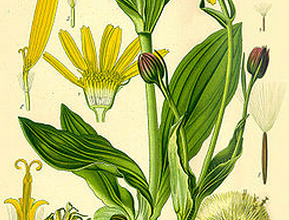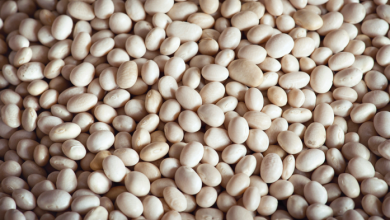Aloe Vera: [Planting, Care, Irrigation, Substrate and Pests]
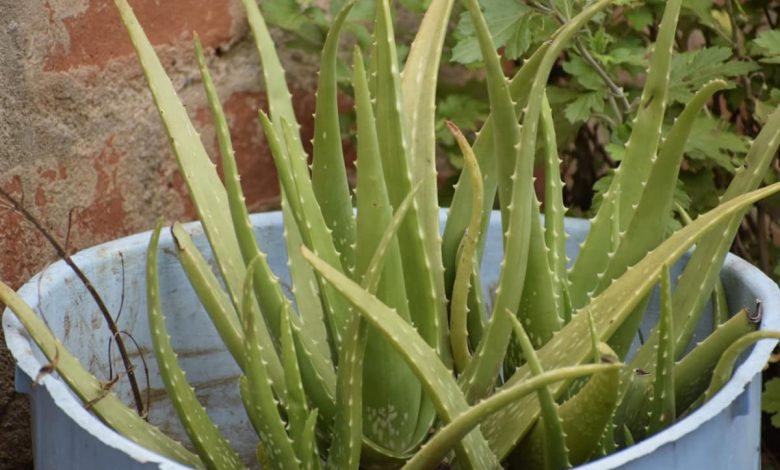
Did you know that Aloe Vera is an herb that helps heal wounds?
In addition… it is used to control acne and to soften the itching of some insects, such as the annoying mosquito. And for many other things, just look at the number of different products that are sold.
In general, aloe vera always has enjoyed a very good reputation as a medicinal herb. In fact, Marco Polo was already talking about her when he visited the island of Socrota.
Important points to plant Aloe Vera:
- When? At any time of year except winter.

- Where? In a place where it is not cold or damp.
- Harvest time? Between 2-5 years.
- How do we prepare the land? The pH should be around 6.5 and 7.0. It requires a substrate with good drainage, in addition, it must be well padded and aerated.
- How do we water? A drip irrigation system is recommended to keep it hydrated, but without flooding.
- How often do we water? Once every 15 days.
- How do we sow? Digging a hole in the ground. The depth can vary depending on the size of the sucker, but it should be at least twice the size of the root ball.
- When do we harvest? Then from 2 to 5 years in the late afternoon.
- Diseases and pests? Red spiders and mealybugs.
Due to its multiple health benefits, Aloe Vera is considered one of thethe most popular medicinal plantsall over the world.
It is a short-stemmed herbaceous plant, very easy to grow and does not require extensive care. In this article we tell you howplant aloe vera easily and effectively.
- You may also be interested in: Planting of Aloe Ferox.
When should aloe vera be grown?
The easiest way to grow aloe vera is to do it by suckers, so the transplant can be done at any time of the year,except winter, especially in those regions where frosts are very intense.
Ideally, spring or fall sowing is recommended.
Where to plant aloe vera?
 As it is a plant adapted to desert climates, it is recommended that the place where it is planted is not cold or humid.
As it is a plant adapted to desert climates, it is recommended that the place where it is planted is not cold or humid.
It requires sunlight, but this does not necessarily have to be direct.
Adirect exposure between 6 and 8 hours of lightsun a day becomes enough.
Its optimum growth temperature is between 16 and 26 ºC.
How often should it be watered?
requires ofregular and abundant watering, but avoiding waterlogging. So the ideal is usually to install a drip irrigation system.
It can be watered every 15 days. It is best to let the top layers of soil dry before watering again. In very hot weather it can be watered once every ten days.
A drip irrigation system is recommended to keep it hydrated, but without excesses that rot the roots.
How do we prepare the land?
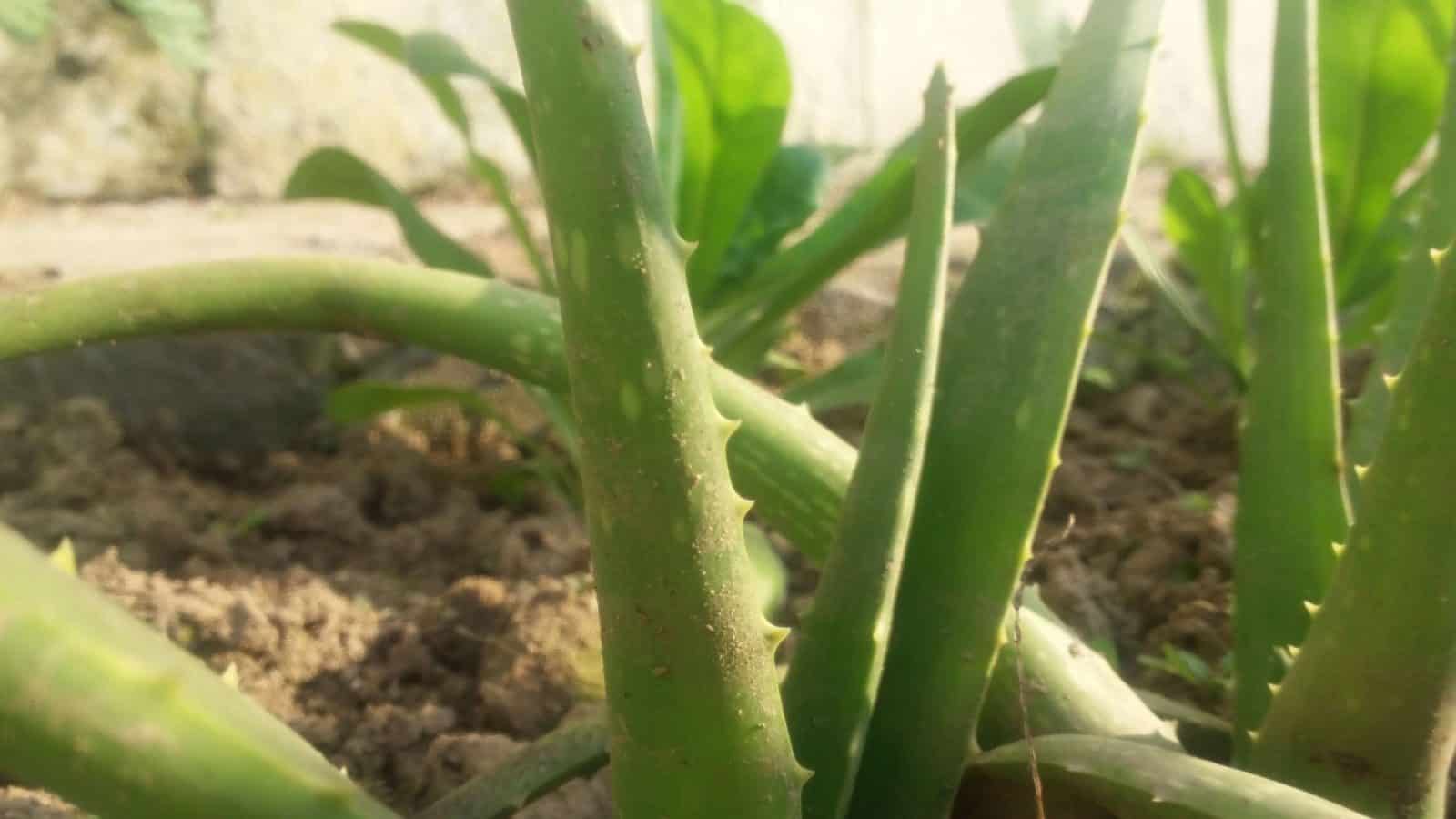 It requires a substrate with good drainage. If you plant it in a pot, make sure that it is also at least 50 cm deep, since the roots need enough space to develop.
It requires a substrate with good drainage. If you plant it in a pot, make sure that it is also at least 50 cm deep, since the roots need enough space to develop.
The soil must be rich in organic matter. Aloe vera prefers loose, sandy soils with a certain degree of acidity.
The pH should be around 6.5 and 7.0.
The substrate must also be well padded and aerated. He considers that the caking of the earth prevents its root development.
How to plant Aloe Vera Step by Step
Step 1: Get a sucker to transplant
Aloe vera produces suckers that can be planted in another pot for growth.
For the most successful transplant, get suckers at least 8 cm tall.
To extract the suckers, you must carefully remove the mother plant from the ground. This will be easier if you let the substrate dry. If the plant does not come out with a simple pull, you can use a knife to loosen the root ball from the soil or pot.
Inspect the roots and stems. Using the knife remove those that are dry or show bad appearance.
Separate the suckers very carefully. Make sure they are big enough and already rooted.
Step 2: Clear the ground
 Extracts weeds and remains of previous crops and all kinds of residues to ensure thatyour aloe receives the right amount of nutrients.
Extracts weeds and remains of previous crops and all kinds of residues to ensure thatyour aloe receives the right amount of nutrients.
All plants must be pulled out by the roots to prevent regrowth.
Step 3: Prepare the ground
If you plan to plant in pots,mix ordinary substrate with coarse sandor substrate for cacti.
You can place a layer of gravel at the bottom to help with good drainage. Later, you have to add a little soil with sand or perlite, and then add nutrient-rich garden soil.
If you plant aloe vera outside, make sure to loosen the soil about 1 meter deep, to ensure the anchorage of the roots.
You can fertilize the soil weeks before transplanting, with a little humus.
Step 4: Put the suckers in the ground
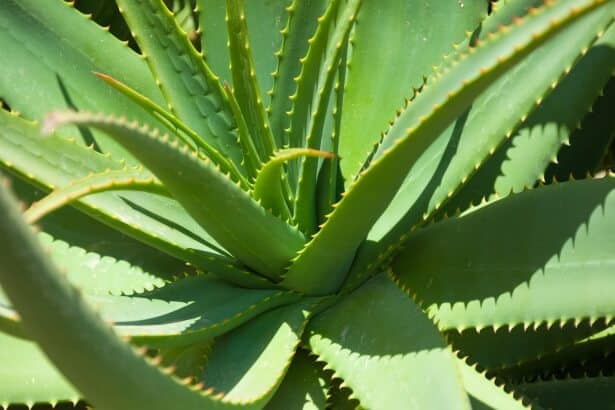 dig ahole big and deep enoughso that the root ball of your aloe grows comfortably and the roots can develop. The measurement can vary depending on the size of the sucker, but it must be at least twice the size of the root ball.
dig ahole big and deep enoughso that the root ball of your aloe grows comfortably and the roots can develop. The measurement can vary depending on the size of the sucker, but it must be at least twice the size of the root ball.
When planting, check that no roots are left outside the hole. Fill in the hole. Try that the neck of the root —where the stem begins— is not buried, but at ground level.
Try to leave at least two meters of separation between each plant, to prevent them from competing for resources.
Step 5: Care for your newly transplanted plant
Once transplanted, allow two weeks to pass before watering the soil; this will facilitate the development of the root system and better rooting in the soil.
Once a year you should add humus to the soil.
Aloe vera tends to reproduce quickly. If you do not want to have more plants, when you see the shoots emerging from the ground, cut them so that the mother plant does not waste resources on the development of new plants.
To know more, you can see: Aloe vera cuttings.
How to collect Aloe Vera
Aloe vera is ready for harvest whenreaches two years and up to five years of age, since it is during this period when its medicinal properties are most effective.
 For the same,It is not advisable to collect before or after this period.
For the same,It is not advisable to collect before or after this period.
To collect, cut the outermost leaf at the bottom, the one closest to the ground. Make the cut with a very sharp and clean knife. The plant will heal itself without altering its growth.
Try to harvest in the late afternoon and water a bit after harvesting, as this will reduce stress on the plant.
Aloe Vera care
This plant does not need excessive care and is quite resistant. However, it is important to know some things that can affect and harm you:
good drainage system
If you plant aloe vera in a pot, make sure it has a good drainage system. It is a plant that does not tolerate excess humidity well.
Avoid waterlogging when watering
When you water, try using drip irrigation or a watering can. But do not flood the land where the aloe vera is planted.
direct sun? yes, but not too much
It accepts direct sun for a few hours, but suffers when it is more than 7-8 hours. Therefore, the ideal is to put our plant in a shady place or one that receives a few hours of direct sunlight.
Hence, aloe vera benefits a lot from being an indoor plant that decorates our homes.
Roots need space
In order for the aloe vera plant to grow, make sure that the roots of the aloe vera plant have enough space in the pot. Another option is to transplant it to the ground, where, without a doubt, with the right treatments, it can grow much more.
Pests and diseases of Aloe Vera
Aloe vera is not usually affected by pests. In any case, the most common are:
Red spider (Tetranychus urticae)
For the control of the red spider, it is recommended to keep the weed crops clean.
In fairly dry climates it is recommended to water at night to maintain humidity.
Mealybugs
It is one of the most difficult pests to control since its body is covered with white waxy excrescences and chemical treatments are not very successful.
However, biological control can be carried out through natural enemies, such as Cryptolaemus montrouzieri, a predator of this type of insect.
The release is done 15 days after any treatment, periodically in spring or early summer.
To deepen: Diseases of Aloe Vera.
What properties does Aloe Vera have?
Aloe vera is a plant with many beneficial properties for humans.
Among them we can highlight:
- Ideal for the treatment of scars.
- Helps whiten teeth or skin blemishes.
- Fight constipation.
- It can relieve certain pain.
- Helps fight acne.
- In case of tonsillitis pain, an aloe vera rinse can relieve a lot. This can be done by preparing aloe vera juice.
- Aloe vera oil can also be an anti-wrinkle element. Helps care for the skin due to its high collagen content.
- Aloe vera shampoo is ideal for taking care of our hair.
- Aloe vera gel can also be beneficial for our skin.


